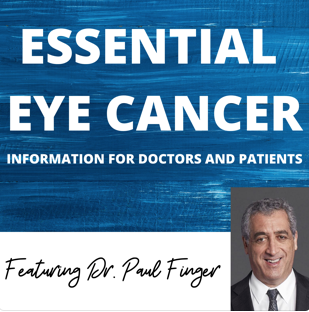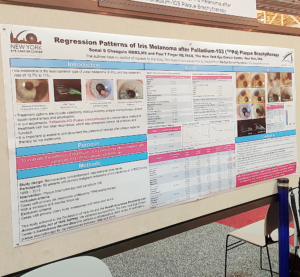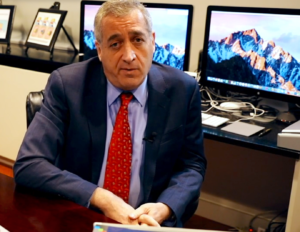
Our new Results page began with a question:
how can patients choose the best doctor without knowing their past performance?
In the age of the internet, when HealthGrades and RateMDs are ready to profile a physician with the push of a button, it is now easier than ever to browse for healthcare options. Five-star reviews remarking on wait times and a doctor’s beside manner, while certainly valuable, miss the most important question a patient would like to know: how capable is this doctor of delivering good health outcomes?
For eye cancer patients in particular, understanding where to receive the best possible treatment is paramount. With these patients in mind, The New York Eye Cancer Center is now the first practice of its kind to report patient outcomes on the web in a patient-accessible format. Click here to see our latest Results.
Understanding the Report
We have launched the Results page with reports on three common conditions treated at NYECC: choroidal melanoma, iris-ciliary body melanoma, and squamous conjunctival malignancy. Though Dr. Finger’s clinical practice and peer-reviewed outcomes span his 30 years of practice, this new method of reporting starts with patients treated after December 1, 2017 and will be updated weekly going forward.
For each disease, we report on:
– Patients Entered: The number of patients included in these results.
– Visual Acuity: The median visual acuity, or eye chart test score, after finishing treatment.
– Local Tumor Control: The percentage of patients whose tumors are successfully eliminated through treatment.
– Loss of Eye: The percentage of patients whose cases require enucleation, or the removal of the eye, in order to complete treatment.
– Metastases: The percentage of patients whose tumors spread to other organs after treatment.
– Average Follow Up: Number of years after treatment before additional treatments are required.
The data, located on our Results page and observable through an interactive table, reports on patients treated only by Dr. Finger. Patient data is strictly confidential, HIPPA-compliant and anonymous.
A Piece of the Puzzle
This trailblazing Results page is the next step in a multi-year initiative by Dr. Finger and his colleagues to empower patients and improve outcomes across the ocular oncology specialty.
While medical journals have provided a forum to publish and compare treatment techniques, medicine does not currently have a strong framework to compare overall physician performance in a quantitative, objective manner. In response, a group of eye cancer specialists including Dr. Finger have formed the “International Doctor Reported Outcomes (DRO) Initiative.” This initiative is developing a standardized way for doctors to report their results to the public and each other.
Comparing outcomes is a great way to find areas for improvement in medical practice. More importantly for each individual patient, DRO reporting is a clear way to address that essential question: what are the past results of the doctor who is about to treat me?
The DRO Initiative has been developed over the course of the last two Eye Cancer Working Day conferences, which gathered ocular oncologists from around the world. But identifying a need and making a plan are but a prelude to the achieving our goal: a world in which all medical centers routinely publish their results for the public.
The launch of our results page is the first step, and we encourage other centers to join us in this effort. The Eye Cancer Foundation will offer assistance to any center or solo practitioner in setting up a page akin to the new NYECC Results page.
Let’s hold ourselves accountable to our outcomes and empower patients to make their life-changing choice of eye cancer specialist based on visible results.















